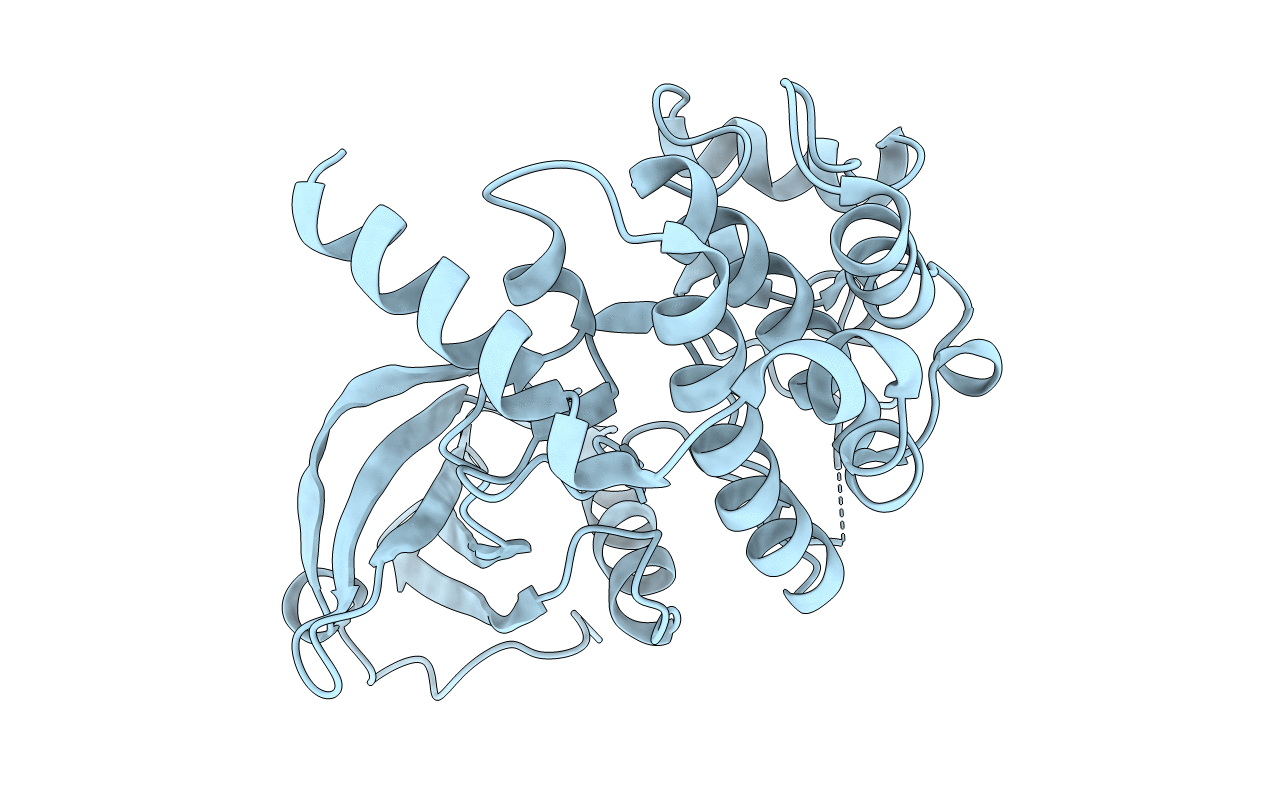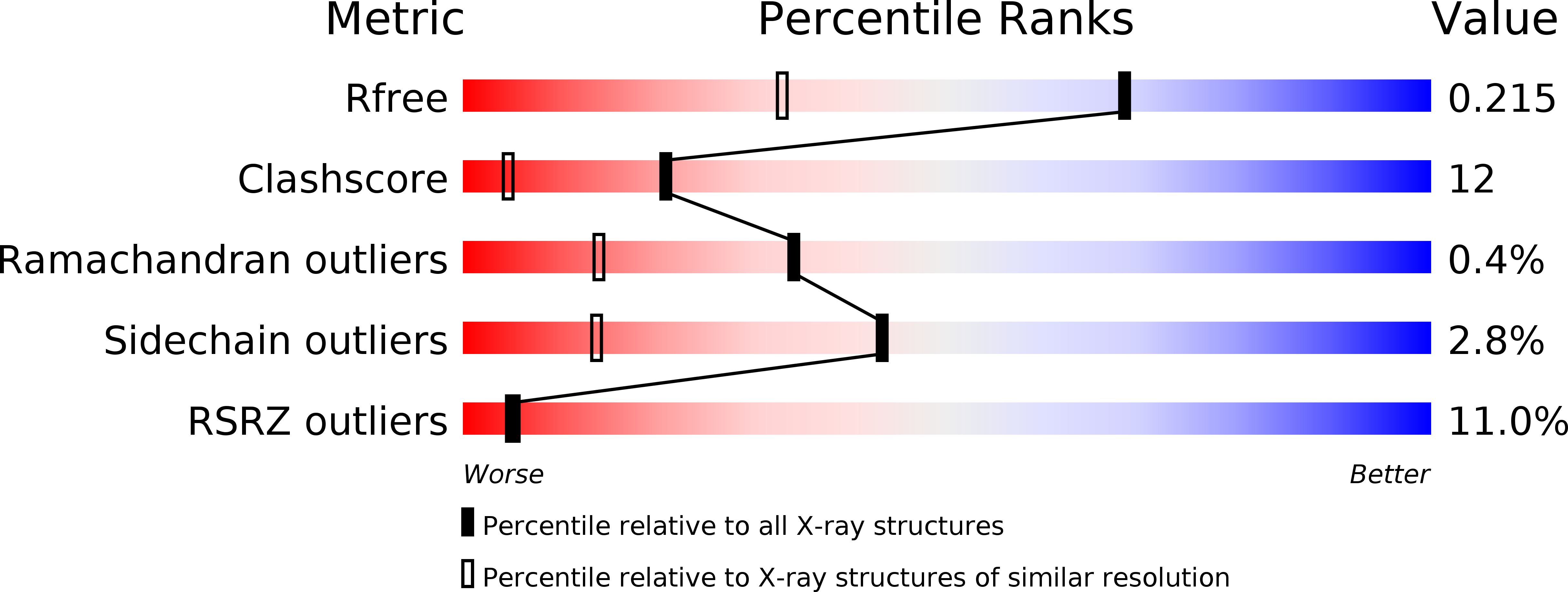
Deposition Date
2009-09-26
Release Date
2010-02-02
Last Version Date
2024-10-16
Method Details:
Experimental Method:
Resolution:
1.55 Å
R-Value Free:
0.21
R-Value Work:
0.19
R-Value Observed:
0.19
Space Group:
C 1 2 1


